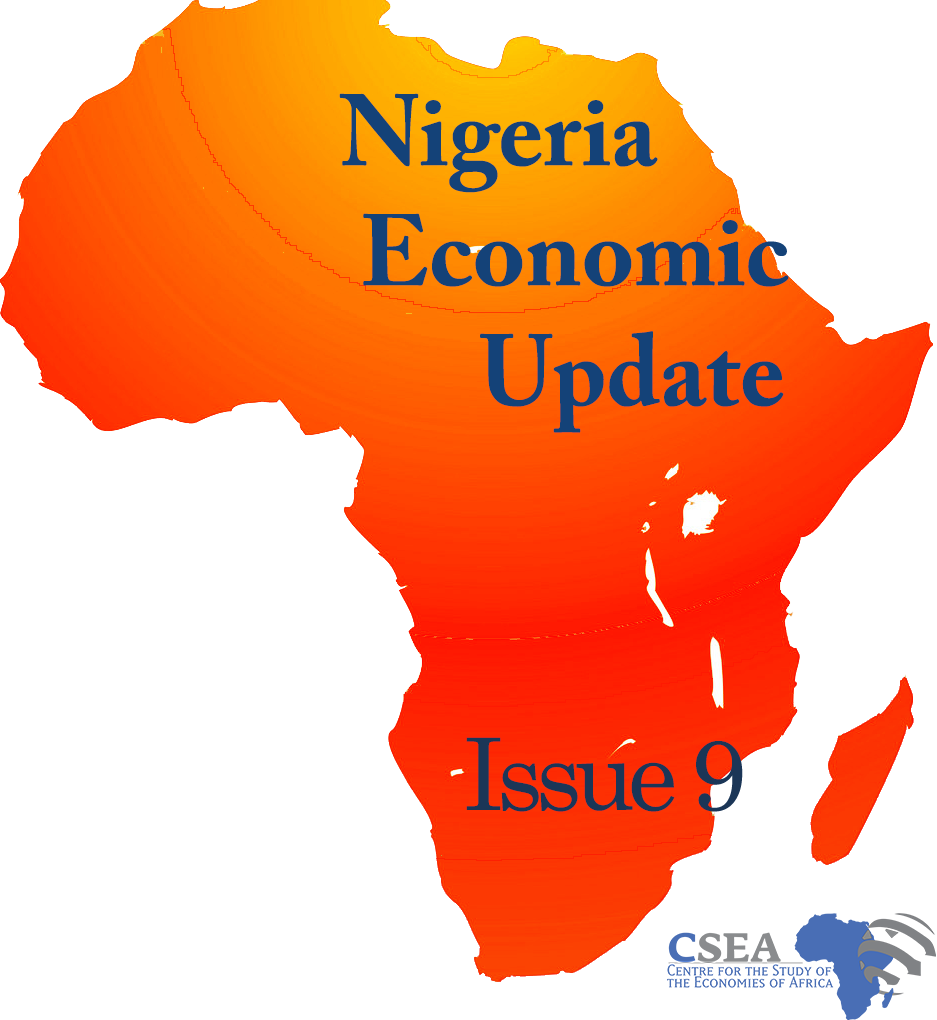By year-end 2018, the country recorded a total trade value of ₦32.3 trillion1, representing 39.3% increase over the corresponding period in 2017. The volume of total merchandise trade in 2018 is noted to be the highest since 2014, nearly double pre-recession levels. Export component grew by approximately 41%, from ₦13.6 trillion in 2017 to ₦19.1 trillion in 2018. Oil (crude and non-crude) is responsible for the most part of export growth in the review year and accounts for about 94% of total exports. Agriculture and manufacturing sector exports also recorded a boost, rising to ₦302 billion and ₦645.7 billion respectively. Similarly, imports rose by 37.5% to ₦13.2 trillion. With exports exceeding imports, the current account balance of trade improved to ₦5.9 trillion in 2018. To further boost Nigeria’s current account position going forward, supply-side policies to improve the efficiency and competitiveness of domestic industries, and thus exports is crucial.
Macroeconomic Report & Economic Updates

March 21, 2019
Nigeria Economic Update (Issue 9)
By year-end 2018, the country recorded a total trade value of ₦32.3 trillion1, representing 39.3% increase over the corresponding period in 2017. The volume of total merchandise trade in 2018 is noted to be the highest since 2014, nearly double pre-recession levels. Export component grew by approximately 41%, from ₦13.6 trillion in 2017 to ₦19.1 […]
Read →
Related
Export Commodity Prices And Long-Run Growth Of Primary Commodities-Based African Economies
There
is a link between primary commodity export prices and economic performance.
Many African economies are primary commodities export biased, often in few
primary commodities. Previous studies focus on the impact of commodity prices
on growth in Africa with little attention paid to different primary commodities
and level of diversification in primary commodities export. This study,
investigates the effect of primary commodity prices on the long-run growth of 24
primary commodities-based African economies; by commodity types and level of
diversification in primary commodities exports.
